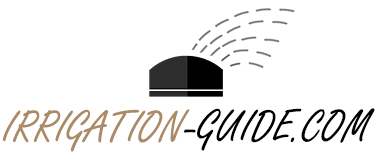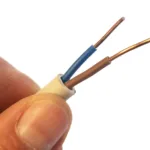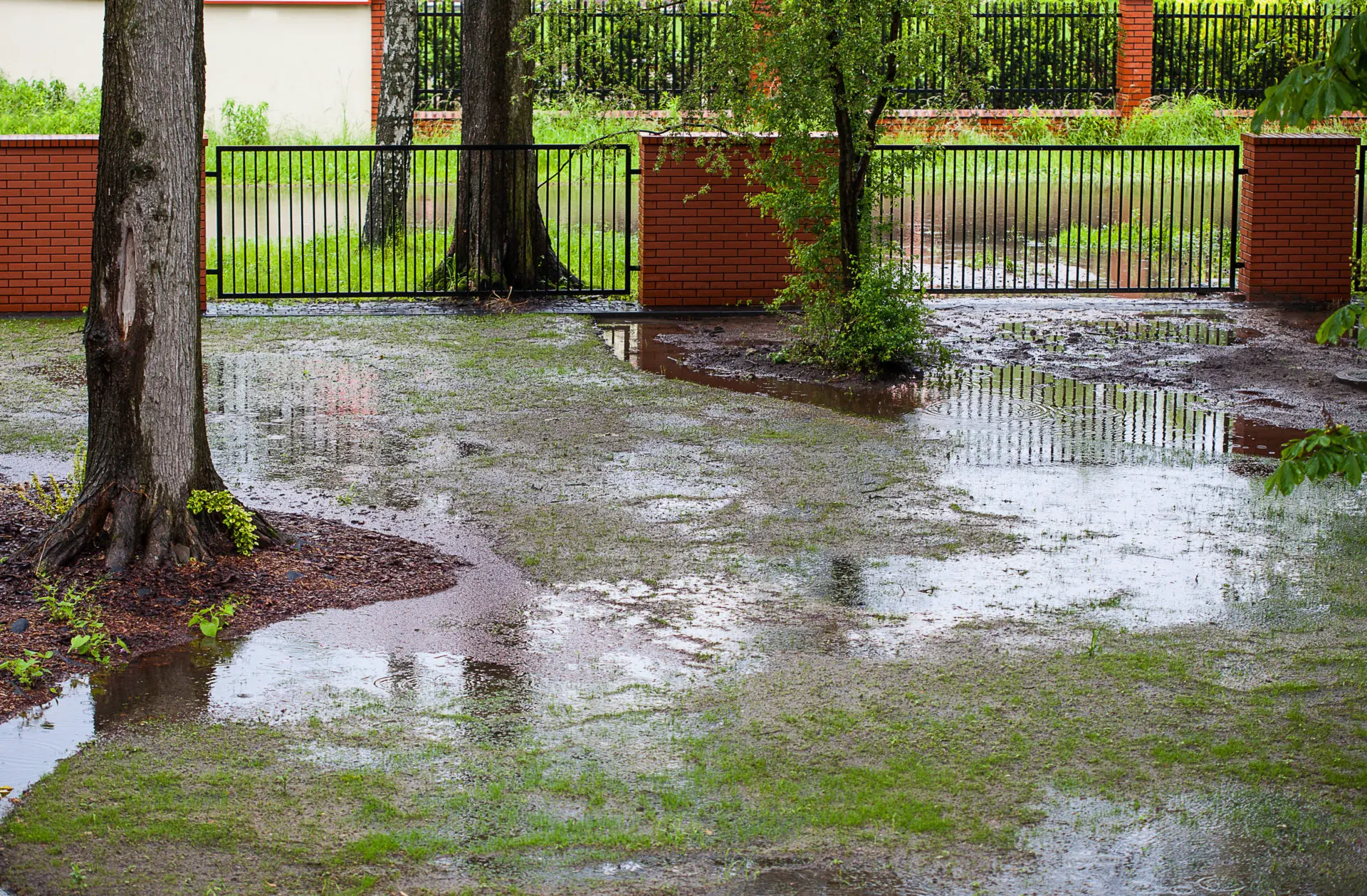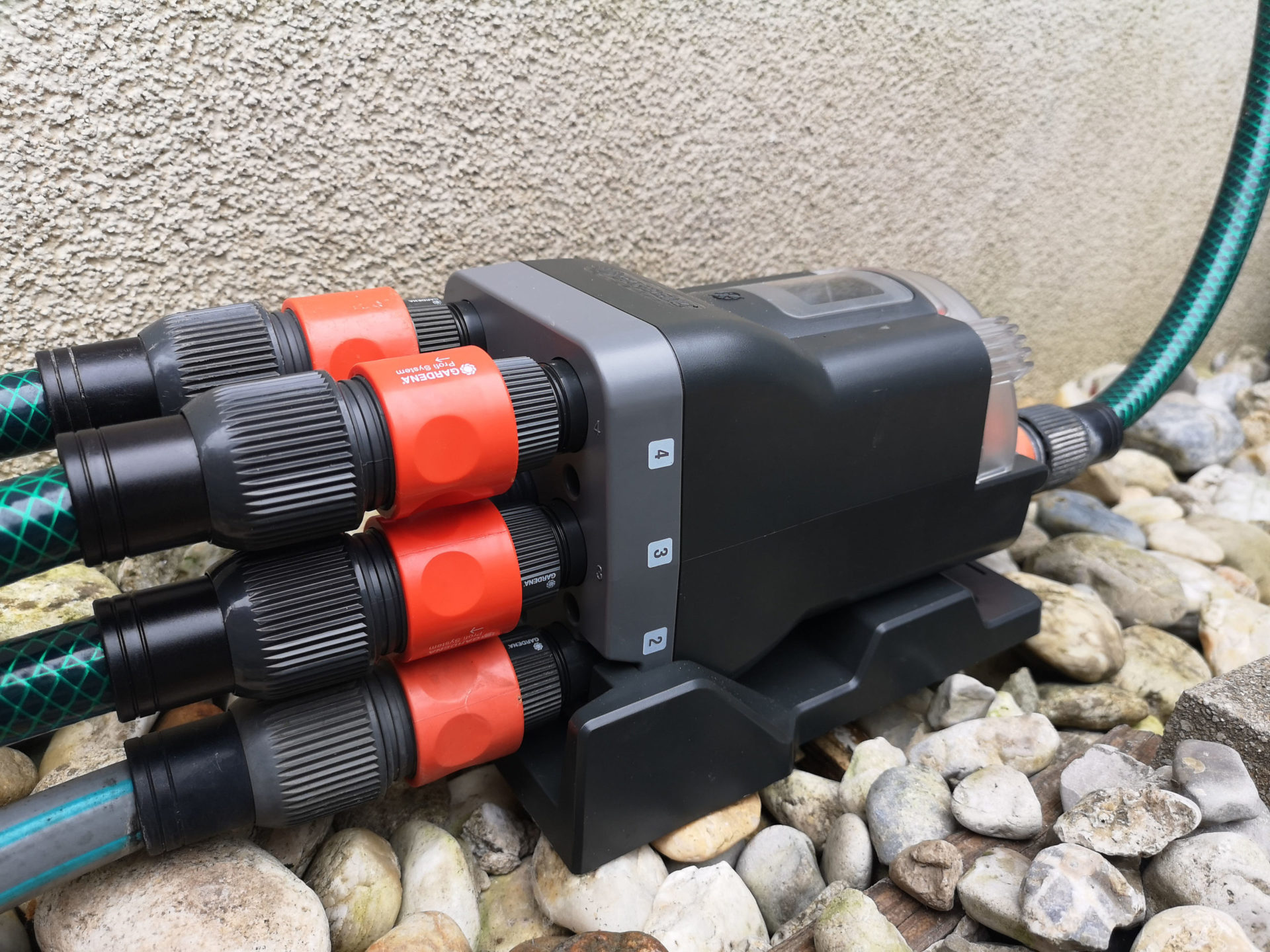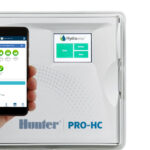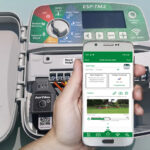In the following blog post you will learn more about the costs of automatic irrigation, how they are broken down, what options you have and what costs are incurred for which variant.
Link tip for quick cost calculation: Online garden irrigation calculator
When implementing a lawn irrigation system, the following costs are incurred:
- Costs for the sprinklers
- Pipeline costs
- Control costs
The first block of costs includes the costs for the sprinkler itself and for connecting the sprinkler to the pipeline with a connector. The second block contains the pipe connections from the water connection to the sprinklers and connectors that are necessary in the pipeline, e.g. L-pieces for 90 degree turns or a connection piece of the pipeline to the water tap. The last block of control costs includes the costs for setting up an (automatic) control. These can be zero if there is no control at all, i.e. the pipeline is simply connected to the water tap and switched on and off by turning the tap on and off. Or, at the other extreme, several hundred dollars if fully automatic control is implemented with solenoid valves.
Sprinkler costs
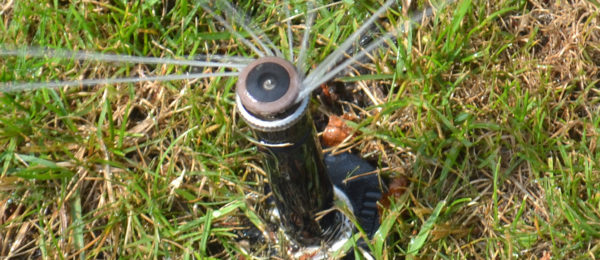
When it comes to sprinklers, sprinklers with a matched precipitation rate (MPR) should always be used. If you save here, you save in the wrong place, apart from the fact that these sprinklers only cost a little more. Ideally, the sprinkler is also pressure-regulating and thus ensures that the same pressure arrives with each sprinkler and the sprinklers thus function evenly. Unfortunately, the manufacturers charge a little more for this function, but it pays off in practice. For a top sprinkler that masters MPR and pressure regulation, you should calculate with about 25 USD. If you do without the pressure regulation, you are even there for 15 USD. In the following blog post you will find an overview of which sprinklers are available and which ones I recommend buying. If you do without the pressure regulation on the sprinkler, you should definitely build the pipeline according to pressure-compensating principles such as the parallel connection or the sprinkler circle, which is reflected in more material and thus somewhat higher pipeline costs.
In any case, the sprinklers should be laid with double coverage according to the principle of the square pattern or triangular pattern. It is not enough if the throwing circle from one sprinkler reaches the throwing circle of the other sprinkler, the throwing circle from one sprinkler must touch the other sprinkler and vice versa. This is the only way for the lawn to get enough water in the vicinity of the sprinkler. Using these principles, a small 500 square feet lawn requires approximately 5 sprinklers. If the lawn is 1,000 square feet more, i.e. 1,500 square feet, then about 4 sprinklers are added. Here it is taken into account that there are fewer peripheral areas and that more sprinklers can be used not only in a quarter or semi-circle, but in a full circle. These 4 more sprinklers then apply to every additional 1,000 square feet. If the area is very large, it may be slightly less as the area increases, but I’m leaving that out of the consideration.
For each sprinkler, a sprinkler connection piece must also be included, with which the sprinkler is connected to the pipeline. Here you have to calculate about 7 USD. If you want to work with flexible swing joints (make it easier to position the sprinkler), you have to add about additional 3 USD each.
The costs can therefore be determined as follows:
- 5 sprinklers for the first 500 square feet (-> 5 times 25 USD for the sprinklers + 5 times 10 USD for sprinkler connectors = 175 USD)
- 4 sprinklers for each additional 1,000 square feet (-> 4 times 25 USD for the sprinklers + 4 times 10 USD for sprinkler connectors = approx. 140 USD)
The sprinklers for a 500 square feet lawn cost 175 USD, for a 1,500 square feet lawn they cost 315 USD, for a 2,500 square feet lawn 455 USD, etc. etc.
The calculation formula is: Sprinkler cost = 175 + (square feet of lawn – 500) * 0.14
Pipeline costs

Regarding the pipe, I am assuming the use of PE pipe with a maximum working pressure of at least 150 psi or 10 bar. The maximum working pressure indicates the maximum pressure the pipe can work with. The tubes with a higher maximum pressure cost little more than those with a lower one. Approximately 50 USD per 100 feet pipe length.
How many feet of pipe do you need? Of course, that depends very much on how much pressure and how much water you have available and as a result how many sprinklers you can operate on one line. Depending on this, more or fewer pipe strings have to be laid. In my experience, very roughly calculated, with an average water volume and pressure, you can calculate about 0.15 feet of pipe per square foot of area to be irrigated. I assume that the water source is near the lawn, a distance of about 30 feet between the water source and the lawn is calculated here. Otherwise you would have to add something more. For an area to be irrigated of 1,000 square feet you need about 150 feet of pipe, for 2,000 square feet 300 feet of pipe.
The costs for 1,000 square feet of lawn would therefore be 75 USD (150 feet of pipe), for 2,000 square feet 150 USD (300 feet of pipe), etc. etc.
Now the connectors with which the pipeline is connected to the water extraction point and connectors to change the direction of the pipeline are still missing. The sprinkler connectors have already been taken into account in the sprinkler costs. Here we simply calculate roughly with 4 connectors at 7 USD each per 1,000 square feet of lawn.
For a 1,000 square feet lawn, that would be 28 USD for connectors, for 2,000 square feet 56 USD, etc. etc.
The total pipeline costs are therefore 103 USD for 1,000 square feet and 206 USD for 2,000 square feet.
Calculation formula: pipeline cost = number of square feet of lawn * 0.103
In my calculation I assume that no drain valve is used to drain the pipeline. I don’t recommend using it either. If it is desired, then a valve must be installed on each irrigation line. Accordingly, the costs for the valve and the matching connector to which the valve is mounted would also be incurred. Approximately 20 USD would have to be added for each 1,000 square feet lawn area.
Controlling costs
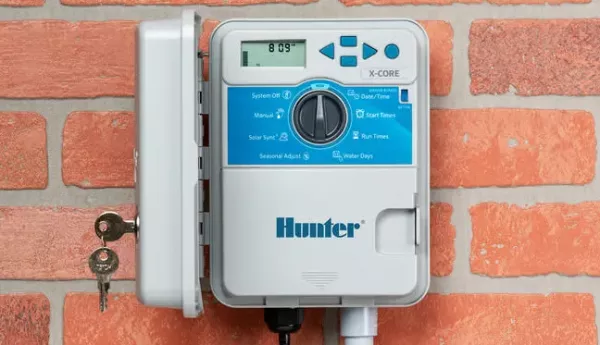
Here, the costs depend very much on the extent to which you want to automate the control of the irrigation and how many zones you have to supply.
In my experience, based on an average amount of available water and an average garden, you can roughly calculate the number of zones required, with one required zone each, for 800 square feet of lawn.
The following control options are conceivable:
Manual control via the tap
This is only possible if the irrigation consists of only one zone, i.e. for very small irrigations. Apart from the connecting piece, which we have already taken into account in the pipeline costs, there are no further costs. Automation is therefore not possible, the watering is started by turning on the water tap and stopped again by turning it off.
Costs = 0
Manual control via a manual water distributor
A manual water distributor is installed between the water connection and the pipeline, with which up to 4 zones can be controlled manually. Only possible for irrigations with a maximum of 4 zones. Automation is not possible here either, the irrigation is controlled by manually opening/closing the valves on the distributor.
Costs = 25 USD for the manual water distributor (for systems up to 4 zones, for larger systems these costs are incurred several times)
Automatic control via a sprinkler timer
With the help of a sprinkler timer, the irrigation can be controlled according to time or based on the weather or on measurement results from sensors. Irrigation computers with one, two, three our four outlets are available on the market, with which a maximum of up to 4 zones can be controlled.
Costs = 50 to 300 USD (depending on the quality and functionality of the computer)
Automatic control via a sprinkler timer and an automatic water distributor
This solution requires a sprinkler timer that lets the water through to the automatic water distributor according to a mode set in the computer. The water distributor has 6 outlets and rotates one exit after each irrigation so that all zones are passed through one after the other. Thus, up to 6 zones can be irrigated with it and the irrigation can be fully automated.
Cost = 200 to 420 USD (80 to 300 USD for the sprinkler timer, 90 USD for the automatic water distributor, 30 USD for connecting parts)
Automatic control via an irrigation computer and solenoid valves
Solenoid valves are gates that open or close when an electrical impulse is received. These electrical impulses are controlled by an irrigation computer (of a different type than that in the previous point). The computers are each designed for a specific number of solenoid valves.
I’m assuming a standard computer for up to 8 solenoid valves, the slightly more expensive outdoor version (i.e., for hanging outdoors) with Wi-Fi connectivity, and estimate this at approximately 300 USD. If you can do without the web connection, you could deduct about 100 USD.
I calculate the cost of the valve box for housing the solenoid valves as follows: The starting point for the calculation is the box itself with its internals plus the three included valves. This costs approximately 250 USD, which covers the first three zones. For each additional zone, a solenoid valve and installation components are added at 50 USD each. A valve box with six solenoid valves would therefore cost 250 USD + 3 x 50 USD = 400 USD.
Consequently, the costs for controlling irrigation systems with up to eight zones using a computer with WiFi connection are as follows:
Irrigation computer costs = 300 USD (WiFi computer)
Solenoid valve costs = 250 USD (solenoid valve box with 3 valves) + for more than 3 zones (number of zones – 3) * 50 USD
Using a solenoid valve control system for 4 zones as an example: 300 USD + 250 USD + 1 * 50 USD = 600 USD.
For 8 zones: 300 USD + 250 USD + 5 * 50 USD = 800 USD
For systems with more than 8 sectors, the irrigation computer becomes more expensive due to the additional zone outputs, and additional valve boxes are also required. For the irrigation computer, you can roughly calculate an additional 100 USD for each additional 8 zones. For the valve box, the above-mentioned cost calculation must be repeated for each new 8-valve box.
Total costs
The total costs are now calculated by adding up the three positions “Sprinkler costs”, “Pipeline costs” and “Controlling costs”. 3 examples:
- 1,500 square feet of lawn controlled by a manual water distributor -> 315 USD sprinkler costs + 155 USD pipeline costs + 25 USD controlling costs = 495 USD
- 3,000 square feet of lawn controlled by a non-WiFi sprinkler timer and automatic water distributor -> 525 USD sprinkler costs + 309 USD pipeline costs + 200 USD controlling costs = 1,034 USD
- 5,000 square feet of lawn controlled by a WiFi irrigation computer and solenoid valves (6 valves) -> 805 USD sprinkler costs + 515 USD pipeline costs + 700 USD controlling costs = 2,020 USD
In addition, there are optional costs for things that are not absolutely necessary but are practical, e.g.
- Water socket/quick coupling valve (approx. 30 USD)
- Rain sensor (approx. 40 USD)
- Soil moisture sensor (approx. 40 USD)
- Water flow sensor (approx. 200 USD)
- Drain valve (approx. 20 USD per zone)
And if you feed your irrigation system from an outdoor faucet connected to the drinking water mains, strictly by law, additional costs may apply for mandatory drinking water protection measures. Cheap drinking water separation stations start at around 800 USD.
If you irrigate from a well, you may also incur costs for a pump, including a pressure switch and filter. You can purchase anything from an inexpensive pump for around 150 USD to a high-quality brand-name product for 600 to 700 USD or more.
Micro irrigation costs
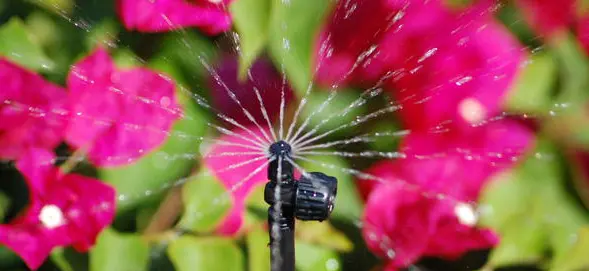
If, in addition or instead, a bed or hedge is irrigated using a micro irrigation system, the following costs will be incurred:
- The controlling costs are essentially the same as previously stated, depending on the variant implemented. However, experience has shown that, due to the small size of the system, an additional zone is required for every 500 square feet of area to be irrigated (instead of 800 square feet for lawns).
- The pipeline costs are as follows: The narrower micro irrigation pipe costs around 20 USD per 100 feet. Alternatively, you can get high-quality drip pipe that already has drip holes pre-installed for approximately 30 USD per 100 feet. For the connectors you can calculate with about 5 USD per piece. In addition, a pressure reducer is required for each micro irrigation zone in order to reduce the pressure to the pressure required for micro irrigation, at a cost of 25 to 30 USD.
- There are no sprinkler costs, instead there are costs for drippers or sprayers, depending on what the micro irrigation system does. When implementing drip tubes, the drip holes are either already included, then nothing more is added. Or drippers still have to be screwed into the pipe. You can calculate with about 1 dripper per 1 foot, these cost about 10 USD for 30 pieces. Sprayers cost about 1 to 2 USD per piece, for any necessary extension pieces there are another 2 to 3 USD per piece.
As a rough estimate, you can calculate approximately 0.40 USD per square foot of micro-irrigated area. This assumes a spacing of approximately 1 foot between each drip line. This includes the cost of pressure regulators and the necessary connectors.
Running costs
Finally, briefly to the running costs of irrigation. These consist primarily of water costs and vary from place to place. In addition, there may be additional costs for the power or battery supply of solenoid valves and/or irrigation computers. But these are comparatively small. If you use water from your own well, the water costs can be reduced to zero. Instead, only the comparatively low costs for the power consumption of the water pump are incurred.
Image Irrigation Computer: Hunter
